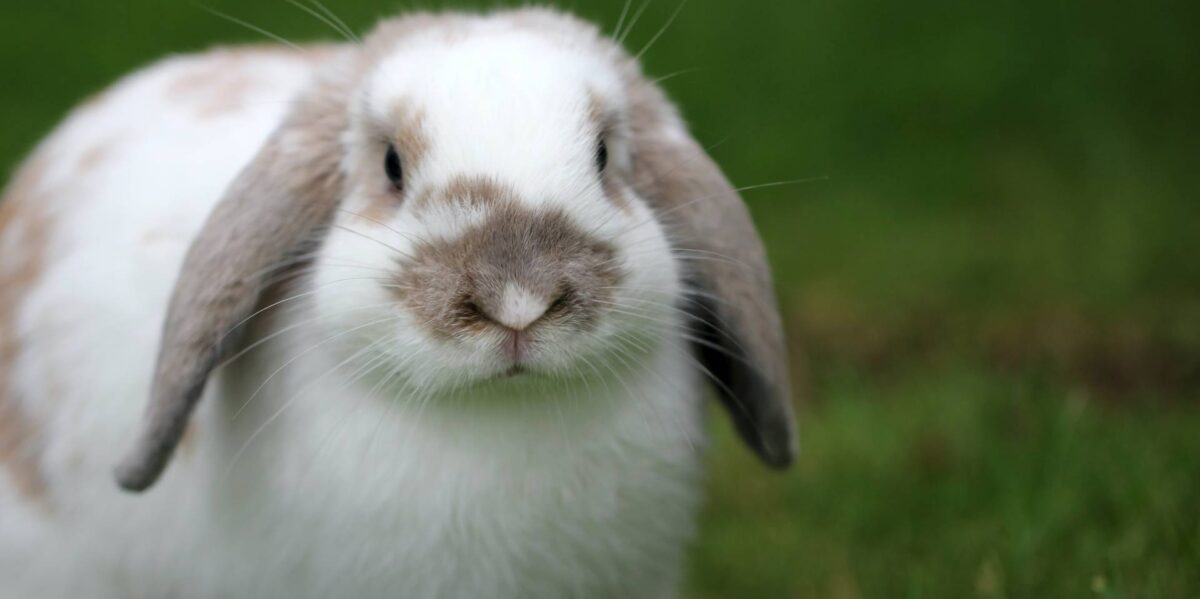Content warning: This article describes cruel treatment of animals.
By the end of 2023, it will be illegal in Canada to conduct cosmetic product testing on animals.
The ban was announced last month by Health Minister Jean-Yves Duclos in a press conference at the Lush Cosmetics factory in Toronto, where he noted the ban will not only support animal welfare, but also further ensure health and safety are top priorities in the testing process.
Through an amendment to the Food and Drugs Act, companies will no longer be able to test cosmetic products on animals. Businesses are also prohibited from selling cosmetics that relied on animal testing data to determine safety.
“Rarely do we see policy changes where everyone is on board where activists, industry, politicians and Canadians all agree,” Duclos said. “Today is one of those rare days.”
According to Duclos, about 90 per cent of Canadians support the banning of cosmetic testing on animals.
Duclos added the federal government will continue to seek “safe, cruelty-free alternatives so no more animals suffer and die due to cosmetic testing.”
The law also prevents companies outside of the country from exporting cosmetic products to Canada that have been tested on animals.
The practice of testing cosmetics on animals has significantly decreased worldwide and was rarely conducted in Canada, Duclos said.
Canada now becomes the 44th country across the globe to prohibit cosmetic animal testing, joining the ranks of Australia, the U.K., South Korea, and all countries in the European Union.
Canada’s ‘cruelty-free makeover’
The new law comes eight years after legislation was first introduced to ban cosmetic testing.
In December 2015, Sen. Carolyn Stewart Olsen introduced her Private Members’ Bill, the Cruelty-Free Cosmetics Act. The bill made its way through the Senate before being defeated in the House of Commons in 2019 after a swath of opposition from cosmetic companies.
Michael Bernard, deputy director at the Humane Society of Canada, said in a statement the country “is getting a cruelty-free makeover.”
“Canadian consumers can finally rest assured that the cosmetics they purchase have not come as a result of animal suffering—and that is something we can all feel good about,” Bernard said.
Rebecca Aldworth, executive director of Canada’s chapter of Human Society International, reflected on the organization’s decade-long campaign against animal testing for cosmetics, investing in more than 50 new testing methods that do not rely on animals through the course of their work.
She credited Liz White, director of the Animal Alliance of Canada, for her work on cruelty-free initiatives dating back to the 1980s.
“This victory is truly decades in the making and it’s a watershed moment for animals, for everyone who works to protect them, and for all of Canada,” Aldworth told reporters.
But according to Aldworth, the fight to make cosmetic testing cruelty-free is far from over.
For coalitions like Cruelty Free International, the shift to ban cosmetic animal testing now moves to the United States, where only ten states have outlawed the practice.
How animals are treated in cosmetic testing
There are many ways animals are subjected to cruel and unnecessary treatment when testing cosmetic products.
The Animal Alliance of Canada lists a number of acts of cruelty on their website, including skin and eye irritation tests “where chemicals are rubbed onto the shaved skin or dripped into the eyes of rabbits.”
Other examples include long-term force-feeding studies that can last from weeks to months in order to test for cancer and birth defects.
Some animals are used in what the Animal Alliance of Canada calls “lethal dose” tests, where they are forced to “swallow massive amounts of a test chemical to determine the dose that causes death.”
“At the end of a test the animals are killed, normally by asphyxiation, neck-breaking or decapitation,” their website reads. “Pain relief is not provided.”
On top of being cruel, animal testing is not always effective because different species can respond to cosmetics differently.
Ban more ‘symbolic’ than anything
While the new law bans future testing on animals, it is unclear how the legislation would apply to cosmetics that are already on shelves across Canada.
Asked why his government would not outright ban the sale of products already tested on animals, Duclos replied that the prohibition is explicitly for additional testing — meaning future cases.
But Darren Praznik, president and CEO of Cosmetics Alliance Canada, does not see that as a problem. According to Praznik, Canada “hasn’t been doing animal testing for years,” adding that the move is more “symbolic” than anything.
“If an ingredient’s been there 10, 20 years in use, the law requires that you be able to demonstrate safety,” Praznik said. “You’ve got 10, 20 years of human use safety data.”
For Lush Cosmetics, the ban marks the success of a campaign dating back 25 years to the business’ inception.
Hilary Jones, ethical director at Lush Cosmetics, offered some next steps for governments to implement cruelty-free regulations.
“We would like to see no historic animal data used in testing, in regulatory clearance because we don’t believe it’s reliable,” she said. “We believe it’s unscientific to test on animals. It’s a very blunt, old-fashioned tool.”Despite being competitors with Lush, Hilary Lloyd with The Body Shop North America considers the ban a shared victory, with the company’s first cruelty-free initiative dating back to 1989. With the help of Cruelty Free International, more than 625,000 Canadians signed on to a petition delivered to Parliament in 2018 calling for a ban on cosmetic testing.



